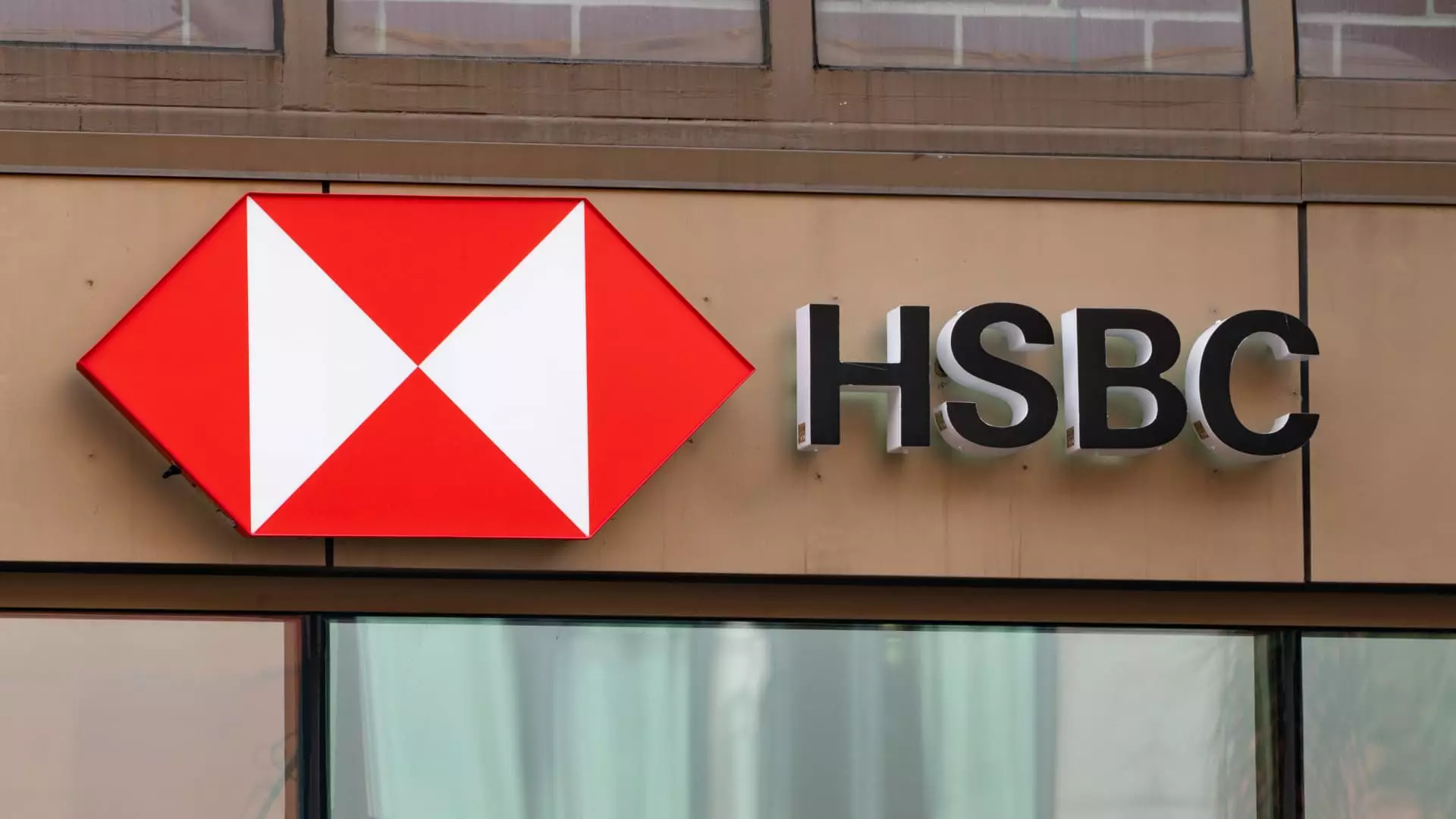In a significant move to reinvent itself, HSBC recently announced a comprehensive restructuring plan aimed at consolidating its operations into four primary divisions. This initiative not only marks a pivotal moment for the bank but also comes with the notable appointment of its first female Chief Financial Officer (CFO), Pam Kaur. Set against a backdrop of fluctuating market conditions and shareholder pressures, HSBC’s latest restructuring attempts to streamline operations while adapting to evolving business environments.
Restructuring Framework and Goals
The transformation sees HSBC dividing its operations into two main geographical segments—an “Eastern Markets” unit that combines the Asia-Pacific and Middle Eastern operations, and a “Western Markets” unit encompassing its U.K. business, continental European operations, and American branches. This strategic classification aims to mitigate redundancies within the bank’s processes while enhancing operational efficiency—a crucial factor in today’s competitive banking landscape. The underlying intent, as articulated by officials, is to shift towards a more agile and dynamic organizational structure, aligning capabilities with strategic objectives amid changing global financial conditions.
Shareholder Pressures and Market Influence
This restructuring is not occurring in a vacuum; it is influenced significantly by shareholder expectations, particularly from Ping An Insurance—HSBC’s largest stakeholder. With a stake exceeding 9%, Ping An has been vocal about its desire for HSBC to separate its Asian business from other global operations, although this proposal was rejected during the recent annual general meeting. This push for greater delineation highlights an ongoing tension between HSBC’s multi-national ambitions and the calls for more focused business units.
Investors seem cautiously optimistic, with HSBC’s stock exhibiting a modest rise of over 6% year-to-date, even as it registered flat figures during early trading on the announcement day. This stasis in stock performance suggests a wait-and-see approach by investors concerned about the possible effectiveness of the restructuring in delivering tangible benefits.
According to analysts, including those from UBS, the actual costs and impacts of this restructuring are yet to be fully determined. The sheer scale of HSBC’s workforce, which numbers nearly 214,000, means that streamlining operations presents both logistical challenges and substantial costs. Analysts underscore that integrating varied services—from retail banking to corporate financial solutions—into cohesive divisions necessitates careful planning and execution to avoid disruption and enhance service delivery.
The establishment of a dedicated corporate and institutional banking unit is a notable development, merging existing commercial banking and market services under one umbrella. This consolidation could potentially lead to increased efficiency and clarity in service offerings, which would benefit clients seeking integrated financial solutions across the globe.
As the restructuring unfolds, HSBC must also navigate an evolving economic climate. The bank has enjoyed favorable conditions post-pandemic, marked by a rising interest rate environment that has bolstered profitability. However, this trend may soon shift as the European Central Bank reassesses its monetary policy, potentially impacting the supportive financial landscape that HSBC has benefited from.
In its recent earnings report, HSBC recorded a pretax profit of $21.56 billion for the first half of the year, alongside an announcement of a share buyback program. While the upcoming financial results, scheduled for release on October 29, will provide further insights into the bank’s performance, the implications of management changes, operational streamlining, and market conditions remain critical to HSBC’s fortune.
HSBC’s attempts to recalibrate its operations through this restructuring reflect a responsive strategy to shifts in the global banking landscape. With new leadership at the helm and an emphasis on efficiency, the organization is poised for potential growth phases in the coming years. However, its success will hinge upon effectively managing the complexities of integration, meeting shareholder demands, and adapting to a rapidly changing economic environment. HSBC’s ability to transform amid these challenges will ultimately determine its role as a leading global financial institution moving forward.

